Here’s another power efficient GeForce GTX 750 Ti and this time it’s from Asus. We are going to review the Asus Strix GTX 750 Ti OC Edition. The STRIX GTX 750 Ti OC features the company’s renowned DirectCU II cooler paired with STRIX technology that lets you enjoy light games at 0dB noise level. The graphics card’s fans will not run when load is light to medium, or when the temperature is below 65 degrees Celsius. It will rely on the heatsink to cool the GPU, similar to a passive cooling. The fans start to run once the temperature starts to hit 65 degrees Celsius. The STRIX GTX 750 Ti is the company’s “smallest owl” in the Strix branding. It features 640 CUDA cores, slightly higher factory overclock settings and doesn’t require an external power from a 6-pin PCIE power connector. Is the Asus STRIX GTX 750 Ti OC Edition you next graphics card? Find out on review below.
Asus Strix GTX 750 Ti OC Review
The Asus STRIX GTX 750 Ti OC (STRIX-GTX750TI-OC-2GD5) is one of the company’s most power efficient graphics card but offers decent gaming performance in 1080p resolution. As of today, there are only few graphics cards under the Strix family since the brand was just recently introduced a few months ago. But, aside from the Strix 750 Ti, 780 and R9 280X, they also have the new Strix GTX 980 and GTX 970 that were recently released.
Moving on, the Asus Strix GTX 750 Ti features a boost clock speed of 1202MHz which is 7% faster compared to the reference model. It feature’s the company’s DirectCU II cooler with 0dB fan technology, the main feature of the Strix lineup. It’s also built with premium super alloy power components, supports G-Sync, and GPU streaming and overclocking.
The Asus Stix GTX 750 Ti is pretty much a straight forward graphics card. It doesn’t need any external power source. You simply install it on a PCIE x16 slot and you are good to go. I’ll discuss more of its features as we take a closer look at the graphics card below.
Asus Strix GTX 750 Ti OC Specifications
| Model | STRIX-GTX750TI-OC-2GD5 |
| Graphics Engine | NVIDIA GeForce GTX 750 Ti |
| Bus Standard | PCI Express 3.0 |
| Video Memory | 2GB GDDR5 |
| Engine Clock | GPU Boost Clock : 1202 MHz GPU Base Clock : 1124 MHz |
| CUDA Core | 640 |
| Memory Clock | 5400 MHz ( MHz GDDR5 ) |
| Memory Interface | 128-bit |
| Interface | DVI Output : Yes x 1 (DVI-I) HDMI Output : Yes x 1 Display Port : Yes x 1 (Regular DP) HDCP Support : Yes |
| Power Consumption | up to 75W, no additional PCIe power required |
| Software | ASUS GPU Tweak & Driver |
| Dimensions | 7.7 " x 4.8 " x 1.5 " Inch 19.6 x 12.2 x3.81 Centimeter |
A Closer Look At the Strix GTX 750 Ti
Above is the front and rear view of the Strix GTX 750 Ti’s box. There’s nothing fancy about it, unlike the packaging of the high end ones. Some of its features and specifications are indicated on the back portion of the box.
Inside the box, you get a quick start guide, a driver CD installer and the graphics card itself.
Above is the front and rear view of the graphics card. Don’t stare too much on those fans that looks like an owl’s eye or you’ll get hypnotized. Just kidding!
The Asus Strix GTX 750 Ti has one HDMI port, one DVI port and one DisplayPort for connectivity options, 1 port lesser compared to other GTX 750 Tis.
Above are more shots of the Strix GTX 750 Ti. As you can see this is really a simple graphics card. The heatsink is a little bit longer than the card’s PCB and overall it’s only 7.7-inches long. Also notice that there is no PCIE power connector, since this card draws its power directly from the motherboard.
Above you can see the top and bottom portion of the Strix DirectCU II cooler. The shroud is made of plastic and those fans are really silent. They won’t turn on until the card’s temperature reaches 65 degrees Celsius. Underneath you can see two heatpipes that directly touches the surface of the GPU. Notice that, Asus didn’t use aluminum fins, instead they are using a heatsink type with two copper heatpipes.
Here we have the front and back views of the Strix GTX 750 Ti’s PCB. It’s a really simple looking graphics card with three SAP components and four memory chips. Without knowing the model and just by looking at the PCB alone, you’d probably think this card is an entry level card, like the GTS series.
Here’s a closer look on the NVIDIA GM107-400-A2 first generation Maxwell chip. The chip is based on a 28nm fabrication process and it has a transistor count of 1.87 billion. The GPU is clocked at 1124MHz base and 1202MHz boost, just a 100MHz+ higher compared to the reference model. Asus is also using SKhynix H5GC4H24MFR GDDR5 memory chips that are specified to run at 1350MHz or 5400MHz effective. SKhynix chips are known to overclock better compared to other memory chips, but I don’t see any real benefit if you overclock the card’s memory to a much higher clock speed due to the limitation of the card’s performance itself.
Test Setup
In testing the Asus STRIX GTX 750 Ti OC, I’m using Asus’ new Maximus VII Formula Z97 motherboard. Also during the test, I am using NVIDIA 9.18.13.4052 (ForceWare 340.52) driver version for Windows 7 64bit. Below are the rest of the specifications of the test system.
Operating System: Windows 7 Ultimate 64bit
Motherboard: Asus Maximus VII Formula
Processor: Intel Core i7-4770K
CPU Cooler: Corsair Hydro H105
Memory: 16GB Avexir Blitz 1.1 DDR3 1600MHz
Graphics card: Asus Strix GTX 750 Ti OC 2GB
Hard Drive: Kingston HyperX 3K 120GB for the OS and WD RE 4TB for game files
Power Supply: Seasonic X750 Gold Series v3
Overclocking the Asus Strix GTX 750 Ti OC
Overclocking the Asus STRIX GTX 750 Ti OC further was easy. I used Asus GPU Tweak and I was able to push its GPU clock speed to 1274MHz, boost clock speed to 1352MHz and memory clock speed to 1450MHz. Setting the clock speeds higher didn’t resulted in any significant increase in its performance and the card starts to become unstable as well.
The GeForce GTX 750 Ti by nature is very power efficient and doesn’t produce much heat either. But it doesn’t really shine when it comes to overclocking. Aside from not getting any significant gain performance at higher clock speeds, you can’t also go wild with the clock speeds due to the power limiter restrictions that NVIDIA has set.
Fan Noise and Temperature
The Asus STRIX GTX 750 Ti OC is a very silent graphics card. It goes on passive cooling during light to medium load. It literally doesn’t produce any sound at all on light to medium loads. But once the temperature reaches around 65 degrees Celsius, the fans will start to turn at around 40% to 50% rotational speed. But even if the fans are running at around 1400RPM to 1750RPM, they are still very silent and barely noticeable at all.
However, when I compared its temperature level with the Gigabyte GTX 750 Ti OC, the STRIX GTX 750 Ti reaches higher levels of temperature due to the design of the cooler itself. The STRIX goes around 35-40 degrees Celsius on idle to light loads, then goes up to 43-47 degrees Celsius on medium loads, and finally reaches up to 60-66 degrees Celsius at full load and overclocked settings.
Meanwhile the lowest temperature I got with the Gigabyte GTX 750 Ti OC is 25 degrees Celsius on idle, then goes up to 35 to 45 degrees Celsius in full load at stock speeds, and finally reaches around 63 degrees Celsius at overclocked settings.
Asus Strix GTX 750 Ti OC Benchmark Results
Below are synthetic benchmarks of the Asus STRIX GTX 750 Ti OC 2GB.
“3DMark 11 is a DirectX 11 video card benchmark test for Windows. 3DMark 11 makes extensive use of DirectX 11 features including tessellation, compute shaders and multi-threading. It includes the Deep Sea and High Temple Graphics tests, a Physics test and a Combined test.”
“3DMark Fire Strike is a showcase DirectX 11 benchmark designed for today’s high-performance gaming PCs. It is our most ambitious and technical benchmark ever, featuring real-time graphics rendered with detail and complexity far beyond what is found in other benchmarks and games today.”
“3DMark Sky Diver is a DirectX 11 benchmark for gaming laptops and mid-range PCs. Use 3DMark Sky Diver to benchmark systems with mainstream graphics cards, mobile GPUs, or integrated graphics. It is especially suitable for DirectX 11 systems that cannot achieve more than single-digit frame rates in the more demanding Fire Strike test.”
You can download FutureMark’s 3DMark and 3DMark 11 Benchmark tools at http://www.futuremark.com
Below are the benchmark results from CompuBench. CompuBench is the first professional OpenCL and RenderScript benchmark to test and compare the parallel compute performance of CPUs, GPUs and accelerators of desktop and mobile devices.
Metro Last Light Benchmark Results
Options: Resolution: 1920 x 1080; DirectX: DirectX 11; Quality: Very High; Texture filtering: AF 16X; Advanced PhysX: Enabled; Tesselation: Not supported; Motion Blur: Normal; SSAA: ON;
Price and Availability

Asus Strix GTX 750 TI OC Review: Conclusion
At the end of the day, the Asus STRIX GTX 750 Ti OC 2GB did well on my tests. The owlish shroud and fan design gives the card a fresh and unique look. It comes with a generous factory overclock settings compared to other graphics card, and benchmark results are very much within the acceptable and expected results for an overclock GTX 750 Ti.
I wouldn’t say that its cooling solution is the best out there since the temperatures I got are relatively higher compared to other GTX 750 Tis. But if you are looking for a 0dB solution, I say that the Strix cooler did a great job in eliminating the noise. Even when the fans are running, the card is still generally silent and fan noise is hardly noticeable at all, specially if you have a closed system. Too bad, Palit didn’t send in their Palit GTX 750 Ti KalmX, which only uses a passive heatsink to cool the card (true 0dB cooling solution), for comparison.
The Asus Strix GTX 750 Ti OC also doesn’t need to draw power from an external source. Instead, it draws power directly from the motherboard itself making it one very power efficient graphics card. Judging by its looks, I say the card is looking great. The black PCB matches its “almost-Black” Shroud with red accents. There are only a few graphics card under the Strix family as of today, making it somewhat unique compared to the overly used default DirectCU II shroud design.
However, the Strix GTX 750 Ti comes with a higher price tag. Street price is currently around $163.99 to $169.99 making it higher compared to other GTX 750 Ti OC, that are currently priced at around $139.99-$149.99 only. Performance difference is not that really significant and barely noticeable at all, I guess the only advantage is the 0dB to low noise cooling solution.
Overall the Asus Strix GTX 750 Ti OC is one solid graphics card. It performs well and does a great job in eliminating or reducing the noise coming from its cooler. If you are willing to pay a little bit more, then go ahead and put this on your list. But if you find the higher price unjustifiable, then you better look for another GTX 750 Ti. Either way, this card still deserves The PC Enthusiast’s Highly Recommended Award.

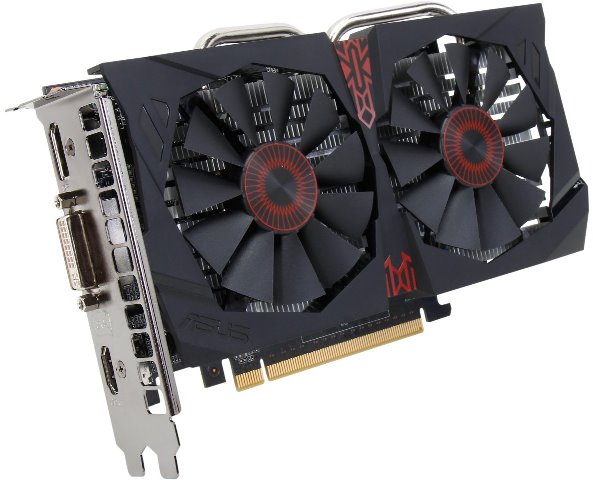
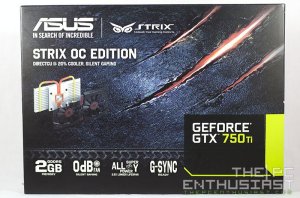
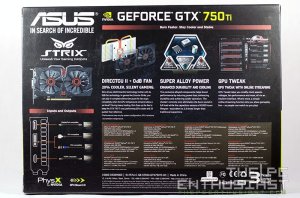
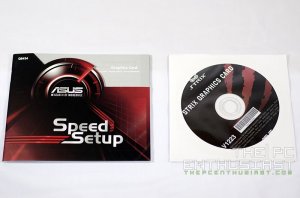
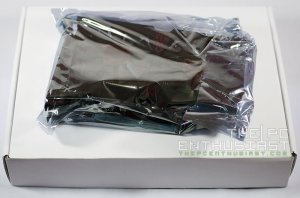
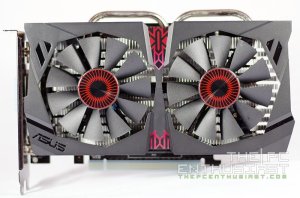
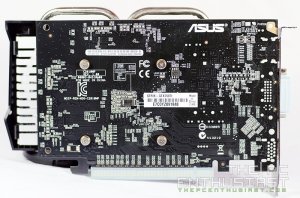
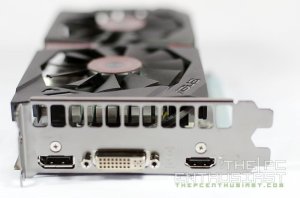
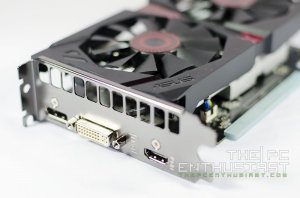
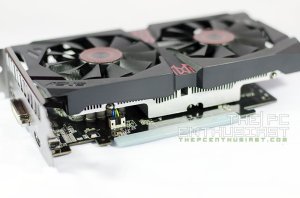
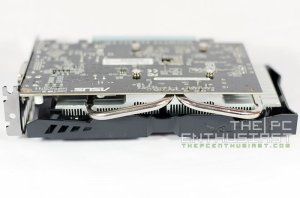
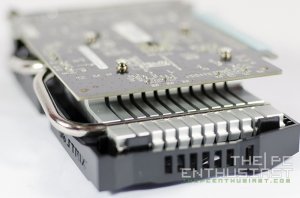
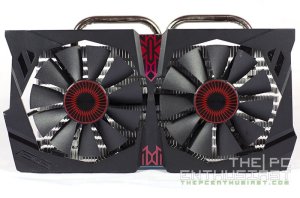

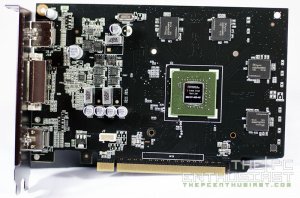
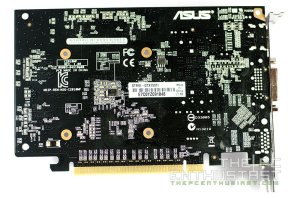
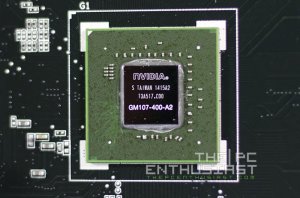
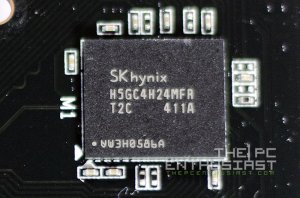
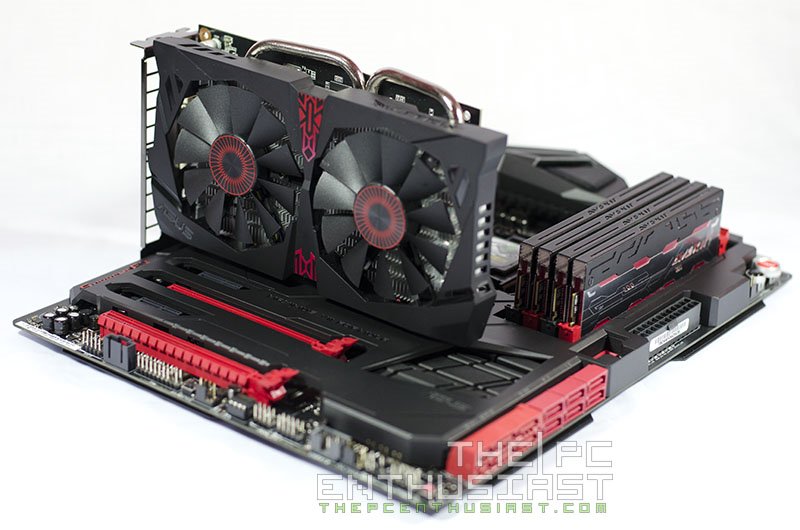
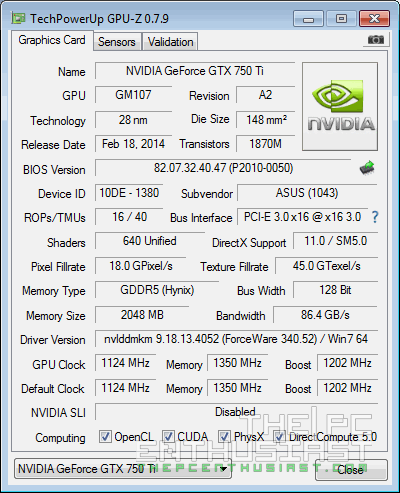
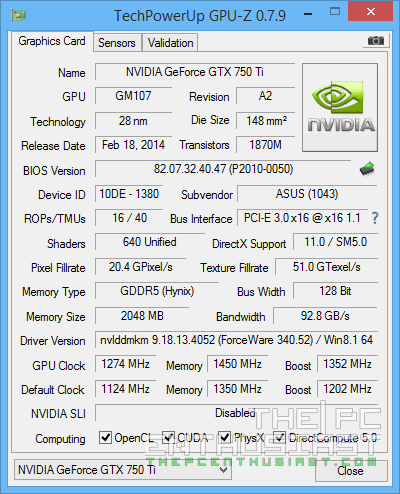
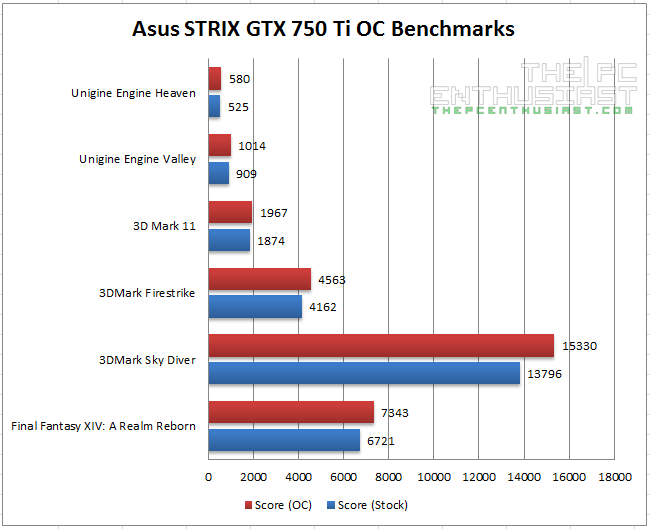

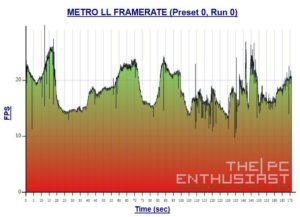
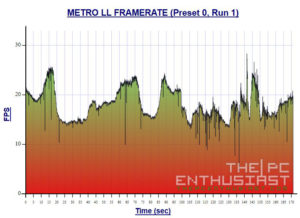

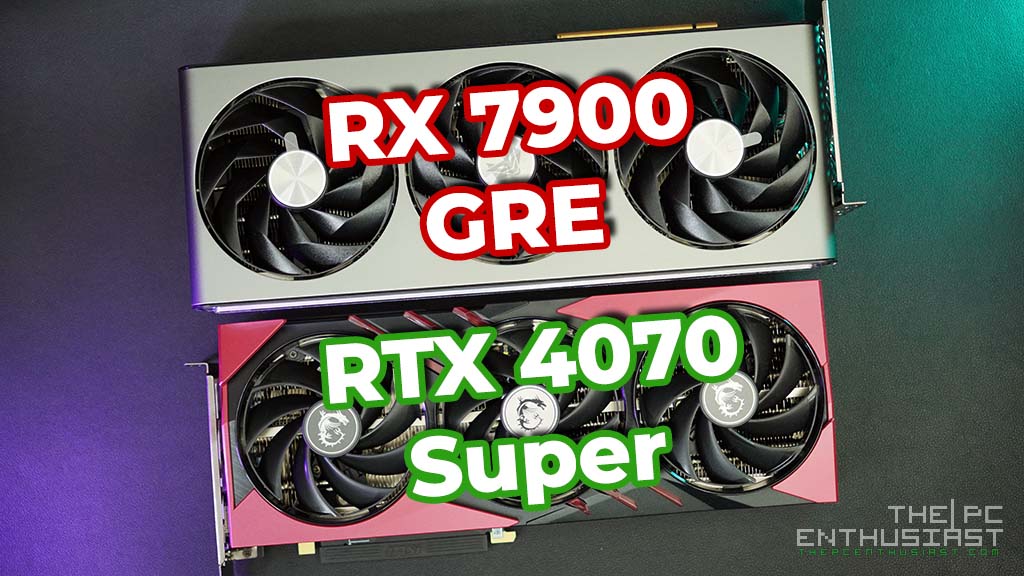
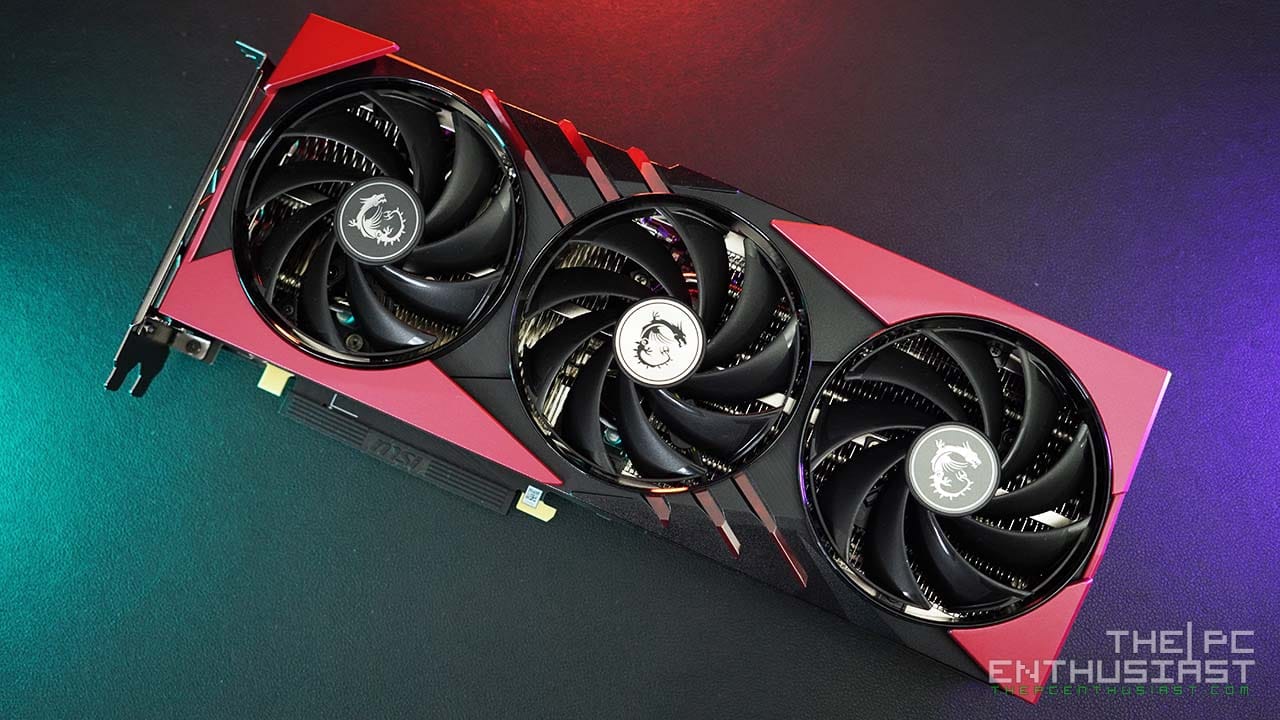
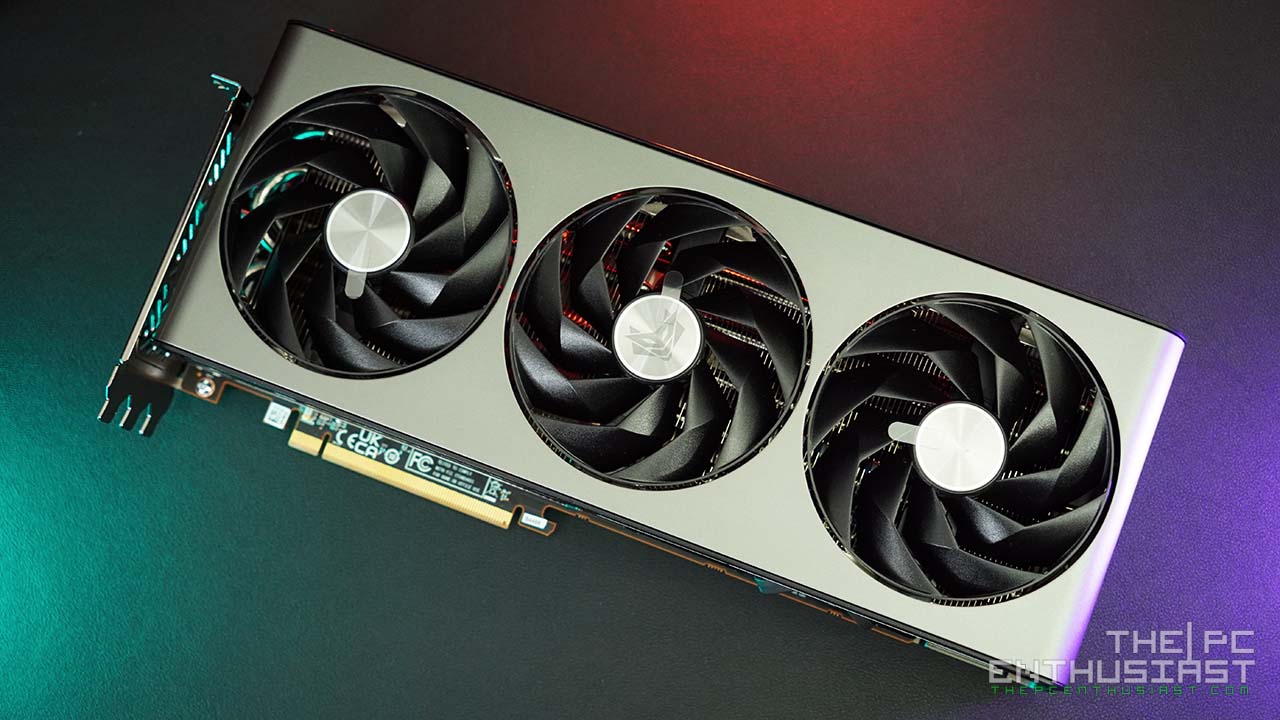
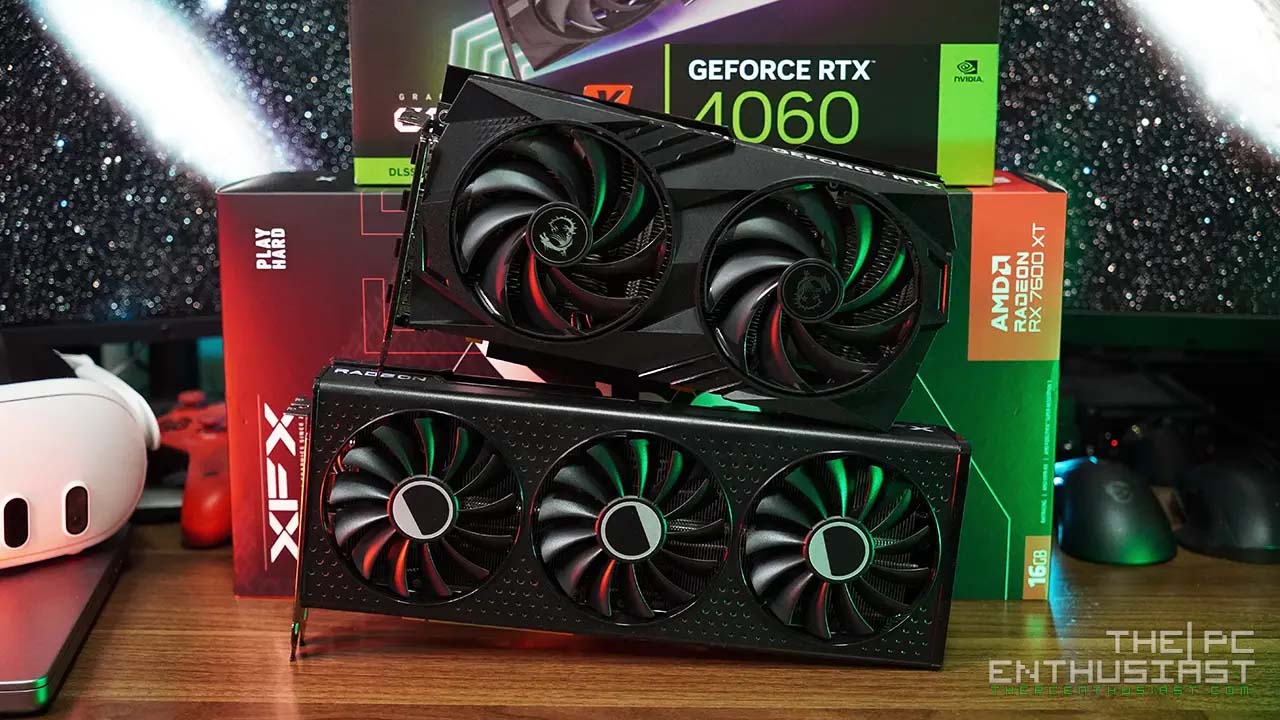
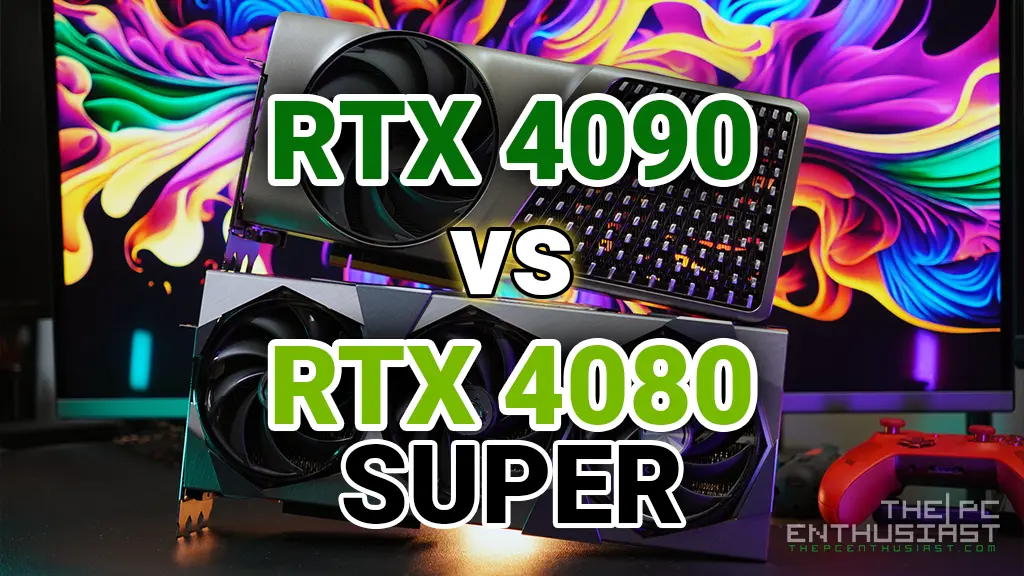
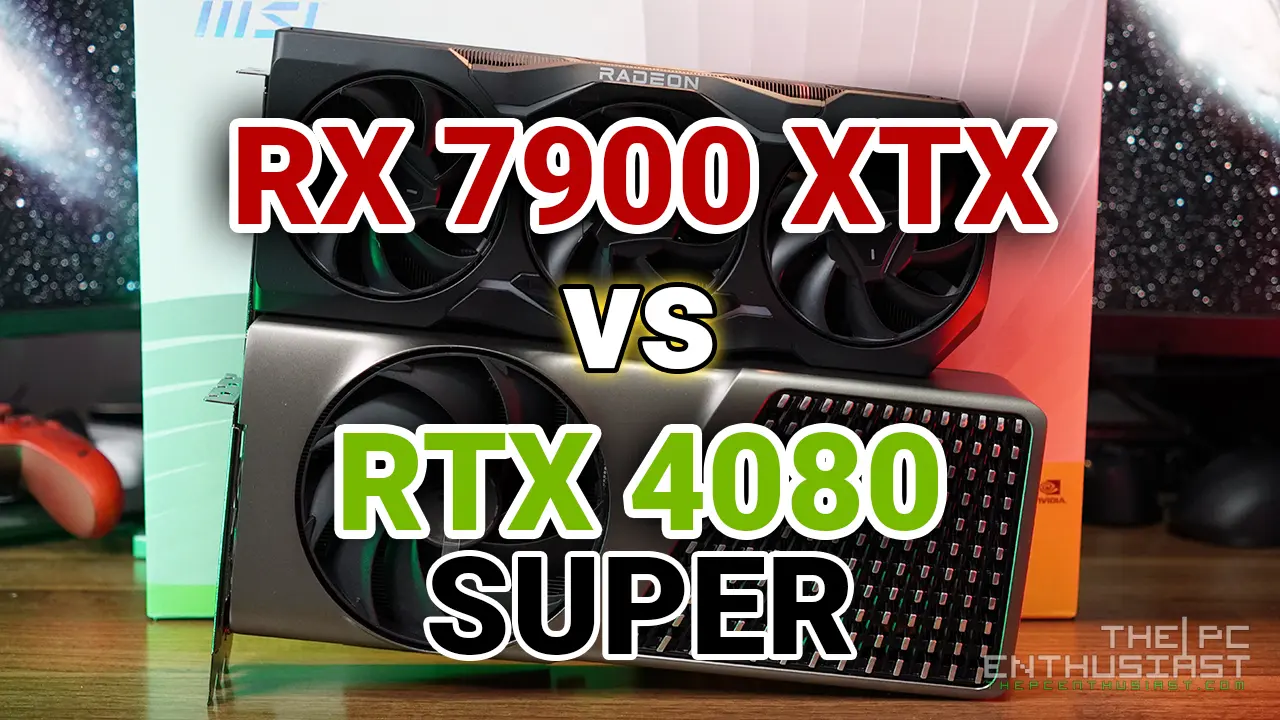

Is possible for You to add an small second card dedicated to physx (such as gt 730) and do the Metro Last light benchmark again?
Hi Comandante. Sorry but we don’t have a GT 730 and we don’t have the STRIX 750 Ti anymore. Usually graphics cards like the 750 Ti are used as the Physx card and not the primary one. I don’t think it would be a good solution to use this as a main card and pair it with a lower end card for Physx. Better get a much faster card like GTX 960 or GTX 970 instead.